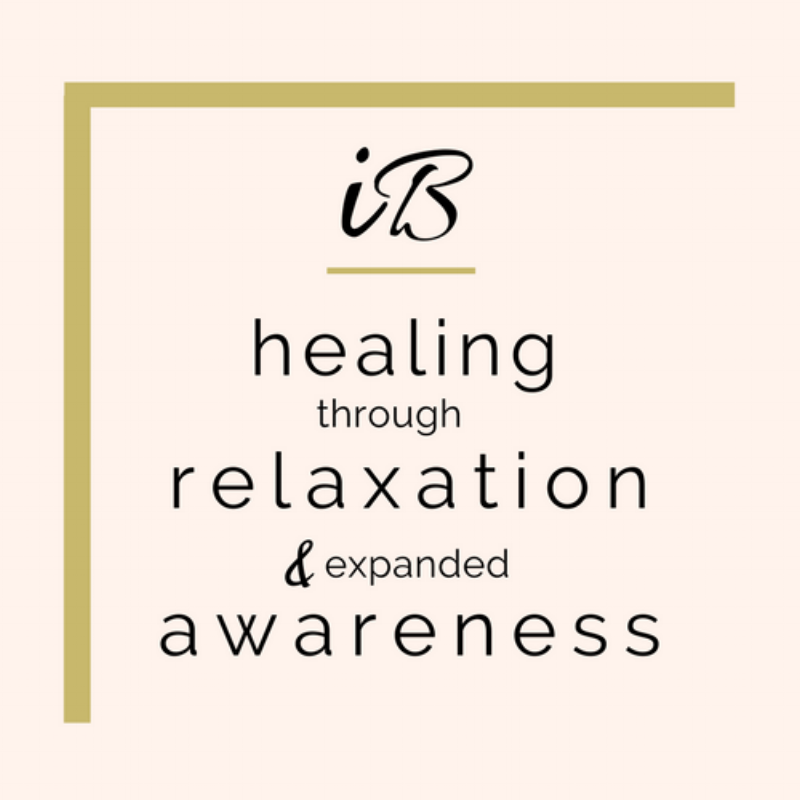In my first article on this fascinating subject (November 6, 2007 - The Advocate, Greenwich Times I shared with readers the documented benefits of this popular modality - Reflexology. Originally trained as a scientist, for the past ten years I have been practicing and teaching my beloved profession - Reflexology.
I was always interested how it actually works. There are several theories and over 50 books written on the subject of Reflexology. In this article I would like to talk about some of these theories.
First of all, let us define the word reflex. A reflex is involuntary response to stimulus, more accurately it is the reflex action of an organ, gland or muscle reached by energy current initiated by a stimulus. Reflexes are specific, predictable and purposeful.
Russian Dr. Vladimir Bekhterev first introduced the word Reflexology to the medical community in 1907. This ancient art can be traced back to Egypt, China and India. There is a lot of detailed information that can be found on the subject in “Reflexology: Art, Science & History” written by a colleague and friend, Christine Issel, world-renowned Reflexology advocate. Dr. William FitzGerald, a Connecticut physician, a head of the Nose and Throat Department of St. Francis Hospital In Hartford, CT, 1909, did significant input into modern application of Reflexology. He mapped out various areas on hands, feet and over joints, which upon pressure would provide the pain relief at distant points. In 1917 he wrote in his book “This science I have named zone therapy”
“Reflexology is a wholistic energy based discipline within complimentary medicine, which works through energies of the nervous, chemical, electrical and magnetic systems of the body by application of pressure to reflexes found on the feet, hands and ears” – description was offered by Christine Issel at the International Council of Reflexologists’ conference in Australia last year.
Medical studies dating back to the18th century conclusively proved a neurological relationship between internal organs though neurological pathways on the skin to the brain. In 1932 Sir Charles Sherrington and Edgar Adrian won the Nobel Prize for their work on the physiology of the nervous system. Adrian also discovered that electrical intensity of the nerve impulse depends on the size of the nerve. Our feet are particularly abundant with nerve endings. Studies have shown that chemicals in the form of hormones and endorphins are released to the blood when pressure is applied to specific points on the body. Traditional Chinese Medicine originated 5,000 years ago is based on belief that our body is complex energy system that uses energy channels, called meridians to move Body Fluids, Blood, and Qi. The feet and hands have starting and ending points of these meridians.
The final concept I would like to introduce is the bio-holographic theory, a new branch of biology that studies the correlation in biological properties between the parts and the whole, for example every cell contains the DNA blueprint of the entire body. Similarly we can apply that feet, hands and ears are microcosms of the whole body.
Discussing the mechanism of action in any touch therapy dictates the recognition of the effect on all aspects of human beings – body, mind, soul and spirit. The healing process in this regard is still a mystery, no matter how much we have already learned and proved through scientific experiments and findings.
Reflexology is a wholistic healing technology, valuable part of emerging dynamic Energy Medicine field.
I invite you to experience it yourself.


